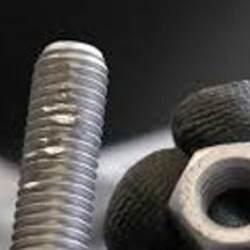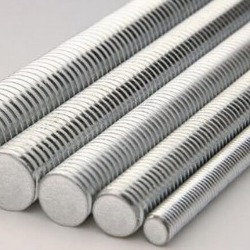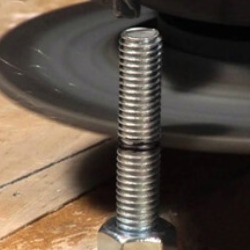How to correctly use Threaded Rod
Threaded Rods are generally installed in areas where they are subjected to high levels of tension and pressure. There are a variety of different applications, including connecting two materials and adding stability to various construction structures by tying them together. Building, plumbing, engineering, mining, agriculture and marine are all industries that commonly use Threaded Bar.
Two lengths of Metric Threaded Rod can be joined together by using Threaded Rod Connector Nuts (or Long Nuts as they are sometimes called).
How to measure threaded rod?
Threaded rod is measured Diameter-Threading x Length. For instance, you might find a threaded rod measuring 1/4 "-20 x 6ft. The 1/4 "is the rod's diameter, 20 indicates that there are 20 threads on each inch of rod, and 6ft indicates the length of the rod. The majority of threaded rod comes in three-foot or six-foot lengths.
Thread pitch, or the distance between each thread, is measured in metric the same way as threads per inch. Metric threaded rods are available in one-meter lengths.
How to bend threaded rod?
Threaded rod may occasionally need to be bent to fit the specified use. Take caution when doing this because it requires utilising a mounted bench vice and a propane or oxygen acetylene torch.
The threaded rod is fixed firmly in place by inserting two bolts into the vise to clamp around it. Use the lit torch to illuminate the area of the rod that you want to bend.
Metal can be damaged by excessive heat, but generally, once stainless steel turns a reddish colour, it is ready to bend. Reheating the rod multiple times will allow you to achieve the desired form.
How to cut threaded rod?
Threaded rod may need to be cut to fit your project. It is a frequent question, but the answer is more complicated than you may imagine. The threading may be impacted, and the rod may be challenging to hold in place.
A rod cutter may be the fastest and most effective way to cut threaded rod because it is lightweight, produces a clean, burr-free cut with little effort, and may be used for overhead work.
However, you can also cut threaded rod with a hacksaw. A helpful technique when using a hacksaw is to drill a hole through a small block of wood to insert your rod through.
The rod can then be cut and held in place after being secured in the vise with two nuts on either side and a thin kerf. After cutting it, you can remove the nuts to neaten the ends and maintain the threading's integrity.
You can find additional information on this topic in our Guides and Tips article ‘How to cut Threaded Rod’.







